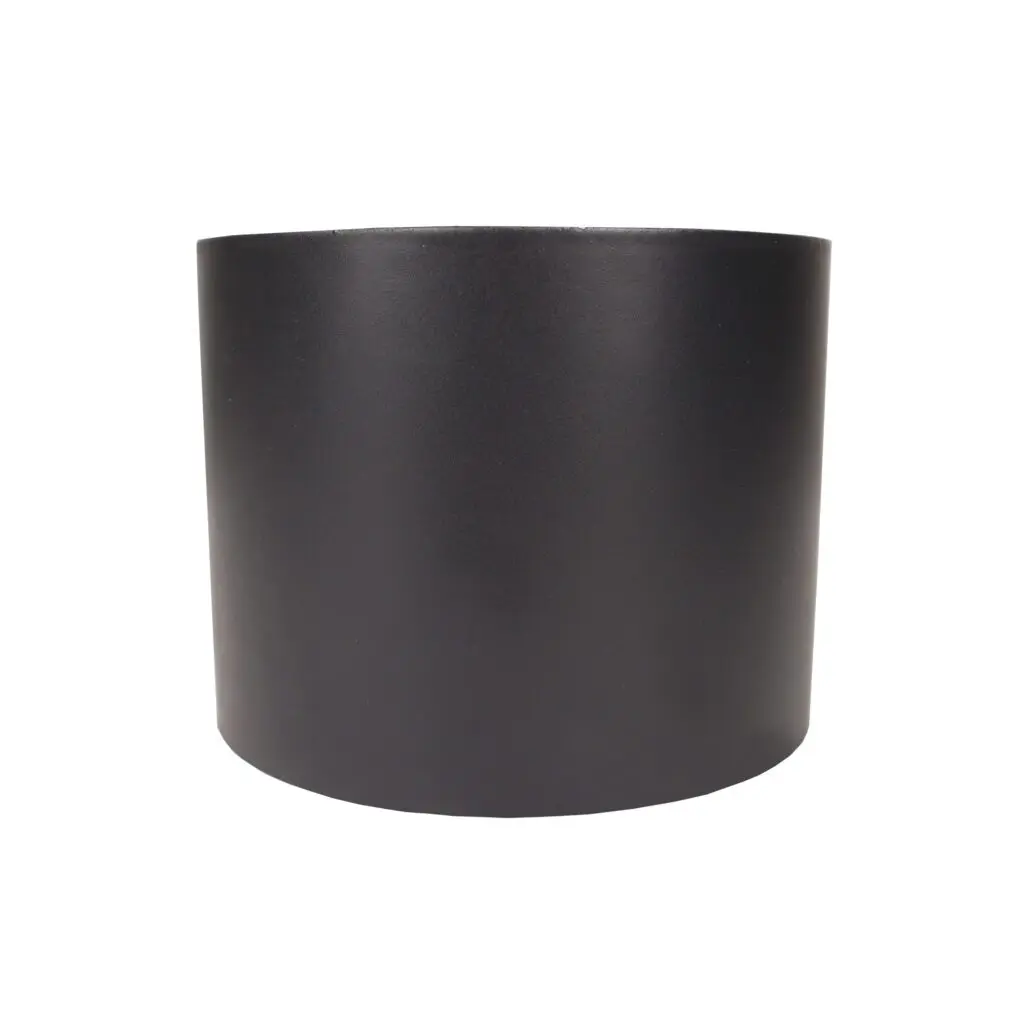
Why is it Important?
A common misconception is that pipes connect in a way that will prevent the smoke within the system from escaping, but this is not true. Want proof? If you have established a suitable draw for your stove and chimney, smoke shouldn’t escape the flue even if there was a gaping hole in a pipe because it is being drawn upwards. Pipes actually have to connect together a certain way to ensure the nasty condensates and tar that build up inside the chimney can flow freely down the system and not pool in any joints or worse, leak out.
Connections
Our ranges of single skin stove pipes and Twin Wall insulated flues feature male and female ends, or spigots and sockets if you will. The golden rule is the male spigot must always face downwards and slot inside the female socket facing upwards from the pipe (or outlet collar) below.
When it comes to Single Skin Stove Pipe, the male end is obvious as it is the reduced, narrower end of the pipe. For example, on a 5” Stove Pipe, the male end will measure approx. 123mm in diameter to fit inside the 125mm pipe below. It is less obvious when it comes to Twin Wall insulated flues as the male/female connections are on the inner skins, hidden from view, but the same principle applies; male end where the Locking band is located (and may feature slightly recessed insulation) must push fit down onto the pipe below.

Flexible Flue Liner is a different animal all together as the ends are identical. To determine which way up your Flexible Liner must be installed, we advise running your hand firmly (but carefully) over the inner skin. You will find the seams are completely smooth in one direction and ever so slightly ridged in the opposite direction. Once installed, the smooth direction must run downwards towards the stove to again, allow condensates, rainwater and tar to freely run down the system and not pool in those ridges. If your Liner has an arrow on it, this will be showing the direction of the flow of gases and must point up the chimney.
European Stoves

The majority of stoves are manufactured with female sockets for Outlet Collars, into which your first length of stove pipe connects. European stoves on the other hand come with male spigots as collars and typically measure 120mm (5”) or 145mm (6”). You can identify which you have by trying to connect the male end of a stove pipe to it. If it butts against the collar edges and will not fit inside, then you have a male outlet collar. To overcome this, you must install a European Stove Adapter first which simply turns that male collar into a UK standard female outlet.
How to Identify if Your Flue is Upside Down
Unfortunately, in many instances, this may not become evident until something starts leaking out of your flue system. Also, when two ends of pipe butt up against one another rather than slotting inside, this will be because two male ends are trying to connect i.e. one is upside down.
The above principles apply to all flue components such as Adapters, Increasers, Tee Pieces, Elbows and Straight Lengths. And although it may be tempting to connect your first length of stove pipe to your stove upside down because it fills out the outlet collar more, you will run into an issue at some point and your flue system will not be compliant.
You can view our full guide for more information on how to fit a flexible flue liner.
